Transcendent Artistry: Elevating Creative Expression to the Divine
Introduction: The Ascent Beyond Ordinary Creation
Transcendent artistry represents the pinnacle of human creative expression—a rarified domain where art transcends its material confines to touch something universal, timeless, and profound. It is the moment when a painting ceases to be merely pigment on canvas and becomes a portal to deeper understanding; when music evolves beyond organized sound to evoke emotions that words cannot express; when literature transforms from words on a page to revelations about the human condition.
This exploration delves into the nature of artistic transcendence, examining both its philosophical foundations and psychological dimensions. More importantly, it offers actionable insights for creators seeking to elevate their own work beyond technical proficiency to achieve moments of transcendence in their creative practice.
The Nature of Transcendent Art: Beyond Skill and Technique
Transcendent art is distinguished not merely by technical excellence, but by its capacity to create profound connection, insight, or transformation in those who experience it. It possesses several defining characteristics:
1. Universal Resonance
Transcendent art speaks to the human condition in ways that transcend cultural, temporal, and geographical boundaries. When we stand before Michelangelo's David, listen to Bach's cello suites, or read Shakespeare's sonnets, we encounter expressions that remain relevant and moving across centuries. This universality stems from the artist's ability to connect with fundamental aspects of human experience—love, mortality, beauty, suffering, wonder—that remain constant despite changing contexts.
2. Transformative Impact
Beyond aesthetic appreciation, transcendent art changes us. It alters our perception, expands our consciousness, or deepens our understanding of ourselves and our world. After experiencing such art, we may find ourselves thinking differently, feeling more deeply, or seeing aspects of reality previously invisible to us. The transformative power of art was recognized by philosophers like Schopenhauer, who believed that profound aesthetic experiences could temporarily liberate us from the endless striving of will and desire.
3. Embodiment of Paradox and Complexity
Rather than offering simplistic answers, transcendent art often embraces paradox and complexity. It acknowledges the multifaceted nature of human experience and invites us to dwell in states of productive tension. Think of Rembrandt's self-portraits that simultaneously convey dignity and vulnerability, or Dostoyevsky's novels that explore the saint and sinner residing within the same soul. This capacity to hold opposing truths makes transcendent art a vehicle for wisdom rather than mere information.
4. Technical Mastery in Service of Vision
While transcendent art typically demonstrates exceptional technical proficiency, technique is always subordinated to vision and meaning. The mastery evident in Renaissance painting or classical music serves the larger purpose of communicating something profound. In this sense, transcendent artists demonstrate what philosopher Michael Polanyi called "tacit knowledge"—skill so deeply internalized that it becomes invisible, allowing the meaning to shine through unobstructed.
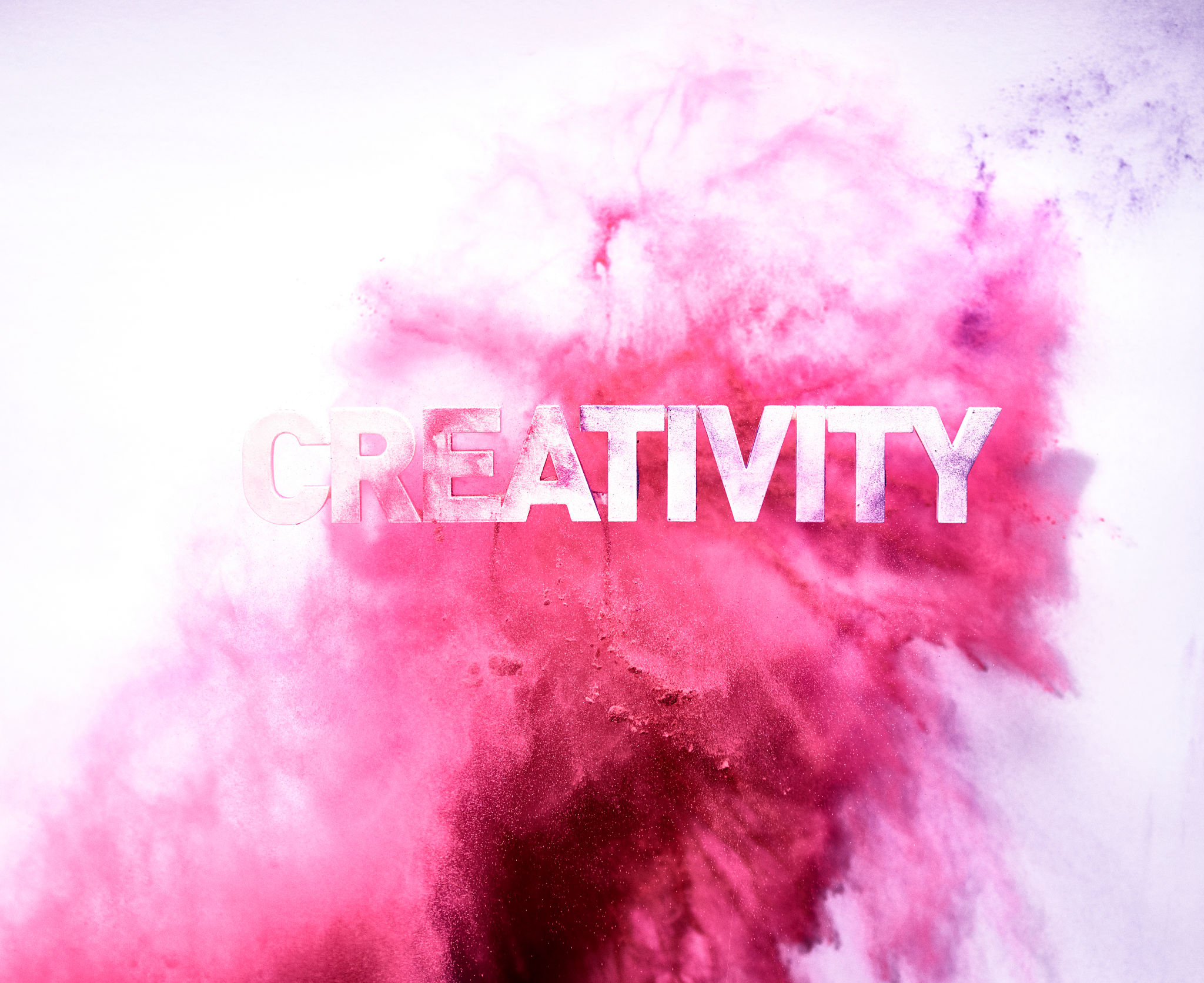
Philosophical Perspectives on Transcendent Art
Throughout history, philosophers have grappled with art's relationship to truth, beauty, and transcendence. Several philosophical traditions offer particularly illuminating perspectives on how art can transcend ordinary experience.
Platonic Idealism and the Form of Beauty
For Plato, our physical world was merely a shadow of a higher realm of perfect Forms or Ideas. While he was famously skeptical of art as a "copy of a copy" (further removed from truth), his concept of Beauty as an eternal, perfect Form remains influential in understanding transcendent art. When artists create works of exceptional beauty or truth, they might be seen as momentarily piercing the veil between worlds, allowing glimpses of those perfect Forms to manifest in physical reality.
The Neo-Platonist tradition, particularly through figures like Plotinus, developed this notion further, suggesting that artistic beauty could serve as a ladder for the soul's ascent toward divine unity. In this view, the most transcendent art isn't merely aesthetically pleasing but serves as a vehicle for spiritual elevation.
Kant and the Sublime
Immanuel Kant's analysis of the sublime offers another framework for understanding transcendent art. For Kant, the sublime represents an experience so vast or powerful that it overwhelms our sensory capacities while simultaneously awakening our rational powers. Think of standing before the immensity of the ocean or the night sky—the initial sensory overwhelm gives way to a recognition of our own rational capacity to comprehend infinity or totality.
Transcendent art often operates in this mode, presenting us with experiences that initially seem to exceed our understanding but ultimately expand our consciousness. Works like Wagner's Ring Cycle, Dante's *Divine Comedy*, or Rothko's color field paintings create this sense of expansive awe followed by intellectual or spiritual integration.
Existentialism and Authentic Creation
Existentialist philosophers like Nietzsche and Sartre emphasized art's capacity to create meaning in an otherwise meaningless universe. For Nietzsche, the truly great artist is one who, like his concept of the Übermensch, creates values rather than merely inheriting them. Transcendent art in this view doesn't discover pre-existing truths but boldly creates new possibilities for human meaning and experience.
Sartre similarly saw authentic artistic creation as an exercise in freedom and responsibility. The transcendent artist refuses to create according to predetermined formulas or social expectations, instead embracing the vertiginous freedom to create something genuinely new. This authenticity, when achieved, resonates with audiences as an expression of human freedom and possibility.
Eastern Philosophical Perspectives
Eastern philosophical traditions offer complementary insights into artistic transcendence. The Japanese concept of *yūgen* refers to a profound, mysterious sense of the universe that exceeds ordinary understanding—a quality evident in traditional landscape painting and poetry. Similarly, the Chinese notion of works possessing *qi* (vital energy) suggests that the most elevated art captures and transmits a living spiritual force.
Zen Buddhism's emphasis on direct, unmediated experience also illuminates transcendent art. Just as Zen seeks to move beyond rational categorization to immediate presence, transcendent art often bypasses analytical thinking to create direct, embodied understanding. The Zen-influenced practice of calligraphy exemplifies this—the most masterful works aren't produced through calculated technique but through a state of absorbed, unselfconscious action.
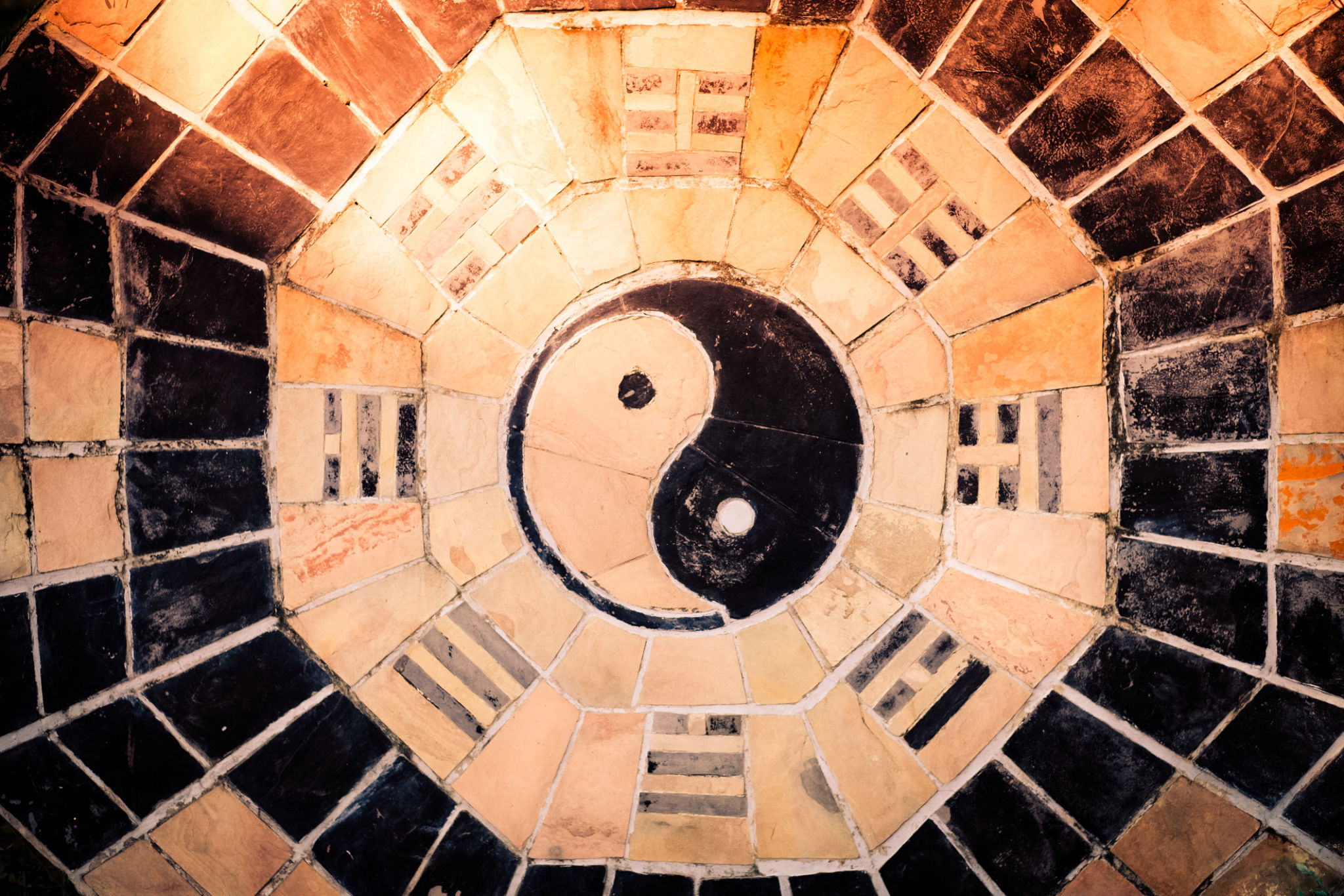
Psychological Dimensions of Transcendent Creativity
While philosophy helps us understand the nature and significance of transcendent art, psychology offers insights into the mental states and processes that enable its creation.
Flow States and Optimal Experience
Psychologist Mihaly Csikszentmihalyi's concept of "flow" provides perhaps the most relevant psychological framework for understanding transcendent artistic creation. Flow represents a state of complete absorption in an optimally challenging activity, characterized by:
- Intense focus and concentration
- Merger of action and awareness
- Loss of self-consciousness
- Distorted sense of time
- Intrinsic reward
Research consistently shows that artists across disciplines report flow experiences during their most satisfying creative work. These states allow artists to transcend their usual cognitive limitations and access deeper wells of creativity. Importantly, flow occurs at the intersection of high skill and high challenge—suggesting that transcendent art emerges when highly skilled creators push beyond their comfort zones.
Altered States of Consciousness
Beyond flow, various altered states of consciousness have historically been associated with transcendent artistic creation. From the Dionysian ecstasies celebrated in ancient Greece to the visionary states cultivated by Romantic poets, artists have accessed non-ordinary states that bypass conventional thinking and unlock novel perceptions.
Modern neuroscience has begun to illuminate the brain mechanisms involved in these states. Reduced activity in the default mode network—associated with self-referential thinking—appears common to many creative altered states, whether induced through meditation, psychedelics, or intense artistic absorption. This "quieting" of the egoic mind may allow artists to access more primary processes and archetypal material usually obscured by analytical thinking.
Depth Psychology and the Collective Unconscious
Carl Jung's concepts of the personal and collective unconscious offer another psychological framework for understanding transcendent art. Jung proposed that beyond our individual unconscious lie archetypal patterns and symbols shared by all humanity. Artists who access this deeper layer create works that resonate universally, speaking to experiences and symbols that transcend cultural conditioning.
The most transcendent artists, in this view, serve as conduits for archetypal material, giving form to the collective dreams, fears, and aspirations of humanity. This explains why certain artistic symbols and narratives—the hero's journey, the divine child, the wise elder—recur across cultures and historical periods, and why they continue to move us at a level deeper than rational understanding.
Integrative Complexity and Cognitive Flexibility
Research in cognitive psychology suggests that transcendent creativity often involves exceptional integrative complexity—the ability to recognize and synthesize multiple perspectives or dimensions of experience. Highly creative individuals typically demonstrate greater cognitive flexibility, tolerance for ambiguity, and capacity to make unusual associations between seemingly unrelated domains.
This cognitive profile enables transcendent artists to integrate diverse influences, reconcile apparent contradictions, and produce works of multilayered meaning. The resulting creations often demonstrate what psychologist Howard Gardner called "asynchronous development"—combining elements that would normally appear at different stages of development, such as childlike wonder with sophisticated intellectual understanding.
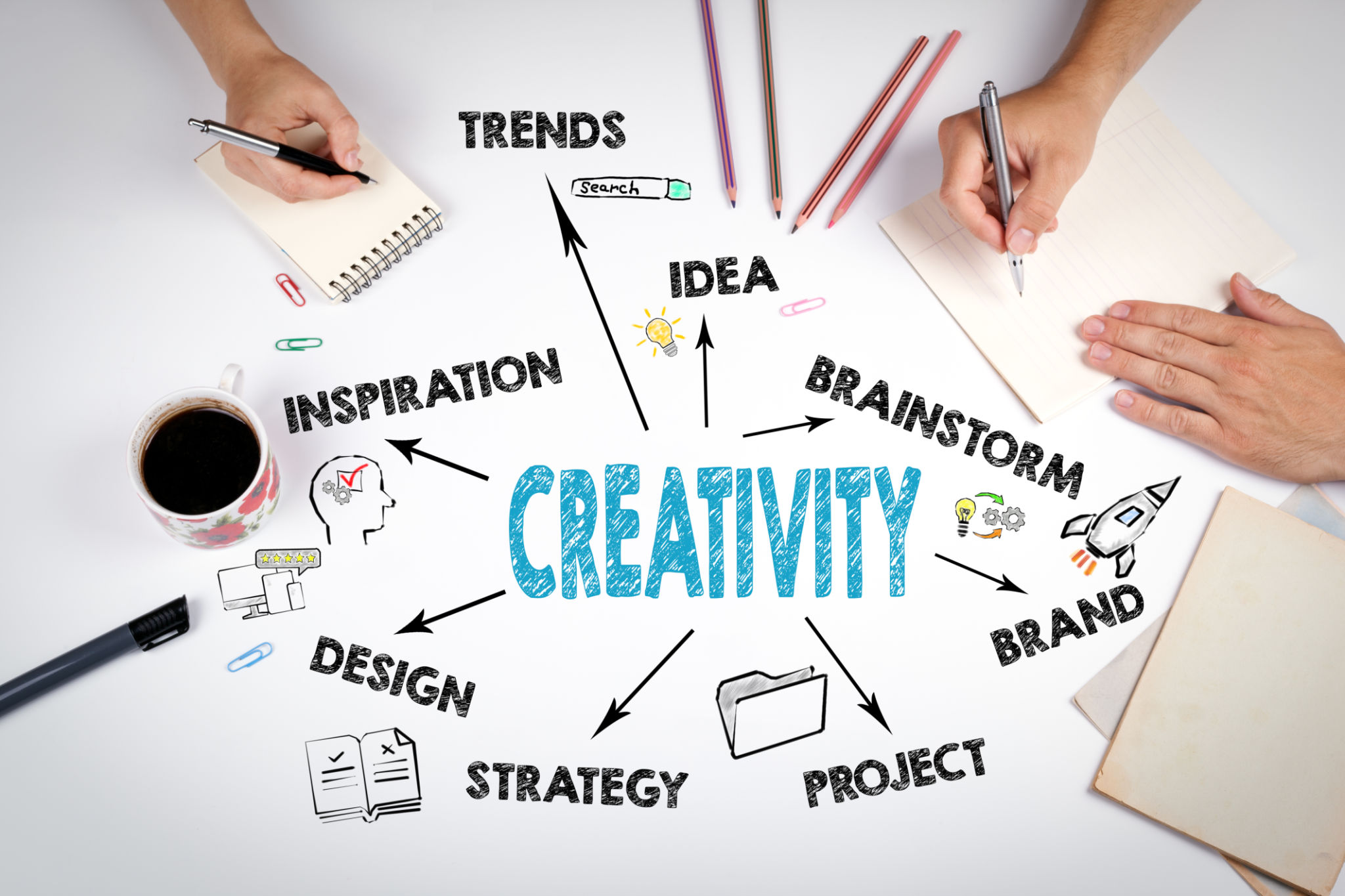
Pathways to Transcendent Artistry: Practical Approaches
While transcendent art cannot be reduced to formulas or techniques, certain approaches and practices can cultivate the conditions from which it may emerge. The following strategies draw from both philosophical wisdom and psychological research.
1. Master Your Craft Through Deliberate Practice
Transcendence paradoxically requires both technical mastery and the ability to move beyond technique. This apparent contradiction is resolved through deliberate practice—focused, systematic training that internalizes technical skills until they become second nature. Research on expertise suggests that this typically requires:
- Breaking skills into component parts
- Receiving immediate, accurate feedback
- Constantly working at the edge of current abilities
- Accumulating thousands of hours of focused practice
When technique becomes embodied knowledge rather than conscious application of rules, the artist gains the freedom to transcend technique itself. As cellist Pablo Casals noted in his nineties, after decades of mastery: "I am beginning to learn how to play the cello."
**Actionable Practice**: Identify the technical elements in your art form that still require conscious attention. Create focused practice routines targeting these elements specifically, with clear feedback mechanisms. Simultaneously, schedule sessions devoted purely to expressive exploration, where technique serves vision rather than dominating attention.
2. Cultivate Receptivity Through Contemplative Practice
Transcendent artists throughout history have employed various contemplative practices to quiet the analytical mind and access deeper sources of creativity. From meditation and prayer to walking in nature or practicing mindful awareness, these approaches share a common effect: they reduce default mode network activity and cultivate receptive attention.
Neuroscientific research increasingly supports the value of these practices for creativity. Regular meditators show increased connectivity between brain regions associated with divergent thinking and novel idea generation. More importantly, contemplative practices foster the capacity to notice subtle perceptions and intuitions that might otherwise be drowned out by mental chatter.
**Actionable Practice**: Establish a daily contemplative routine appropriate to your temperament—whether formal meditation, contemplative walking, or mindful observation. Before beginning creative work, take at least 10 minutes to transition from analytical to receptive awareness through breath focus or open awareness practice.
3. Embrace Meaningful Constraints
Paradoxically, transcendent art often emerges not from unlimited freedom but from the creative tension of working within meaningful constraints. Whether the sonnet form in poetry, the harmonic structures of classical music, or the limited palette of minimalist painting, constraints force innovation by directing creative energy along unexpected channels.
The key lies in distinguishing between arbitrary limitations and meaningful constraints that serve artistic purpose. The latter provide structure that supports rather than restricts vision, creating what poet Robert Frost called "the freedom of the tightly woven line."
**Actionable Practice**: Experiment with self-imposed constraints that focus your creative energy. Limit your palette, work within a traditional form, or create rules that challenge your habitual approaches. Pay attention to when constraints feel generative versus restrictive, and adjust accordingly.
4. Cultivate Profound Knowledge of Human Experience
Transcendent art speaks to universal human experiences. To create such work requires deep engagement with the full spectrum of human existence—joy and suffering, love and loss, wonder and terror. This engagement happens through both lived experience and the dedicated study of great art across cultures and periods.
Many transcendent artists are characterized by unusual breadth of interest and knowledge, combined with emotional intelligence and empathic capacity. They draw connections across domains that others might consider separate, finding universal patterns in particular experiences.
**Actionable Practice**: Deliberately expand your range of human understanding through both study and experience. Engage with masterworks outside your primary discipline. Study philosophy, psychology, and wisdom traditions. Most importantly, cultivate genuine presence and attention in your relationships and life experiences—the raw material of transcendent art comes from fully lived life.
5. Embrace Cycles of Creation and Incubation
Transcendent creativity rarely emerges from continuous production. Instead, it typically involves cycles of intense creation followed by periods of apparent dormancy—what psychologists call incubation. During these fallow periods, unconscious processes continue working on creative problems, often yielding breakthrough insights when conscious attention returns to the work.
Historical analyses of eminent creators across domains reveal this pattern repeatedly. Mozart composed in bursts of inspiration followed by periods of seemingly frivolous activity. Einstein reported that his most profound insights came during sailing excursions rather than formal work sessions.
**Actionable Practice**: Structure your creative practice to include both dedicated creation time and scheduled incubation periods. After intense work on a project, deliberately switch to unrelated activities or rest. Return to the work after incubation with fresh attention, noticing what has shifted or emerged in the interim.
6. Surrender to Something Beyond Ego
Perhaps the most consistent theme across accounts of transcendent creation is the experience of surrendering to something larger than the individual self. Whether described as connecting with the divine, channeling universal energy, or accessing the collective unconscious, this experience involves a temporary dissolution of ego boundaries that allows something greater to flow through the artist.
This surrender paradoxically requires both tremendous discipline and the willingness to step beyond controlling, analytical consciousness. The Zen concept of "effortless effort" (wu-wei) captures this seeming contradiction—the state emerges from disciplined preparation but ultimately transcends striving.
**Actionable Practice**: In your creative work, experiment with balancing preparation and surrender. After thorough preparation, practice letting go of controlling the outcome. Ask not "What do I want to create?" but "What wants to be created through me?" Notice when ego concerns (about reception, reputation, or results) interfere with this receptivity, and gently return to serving the work itself.
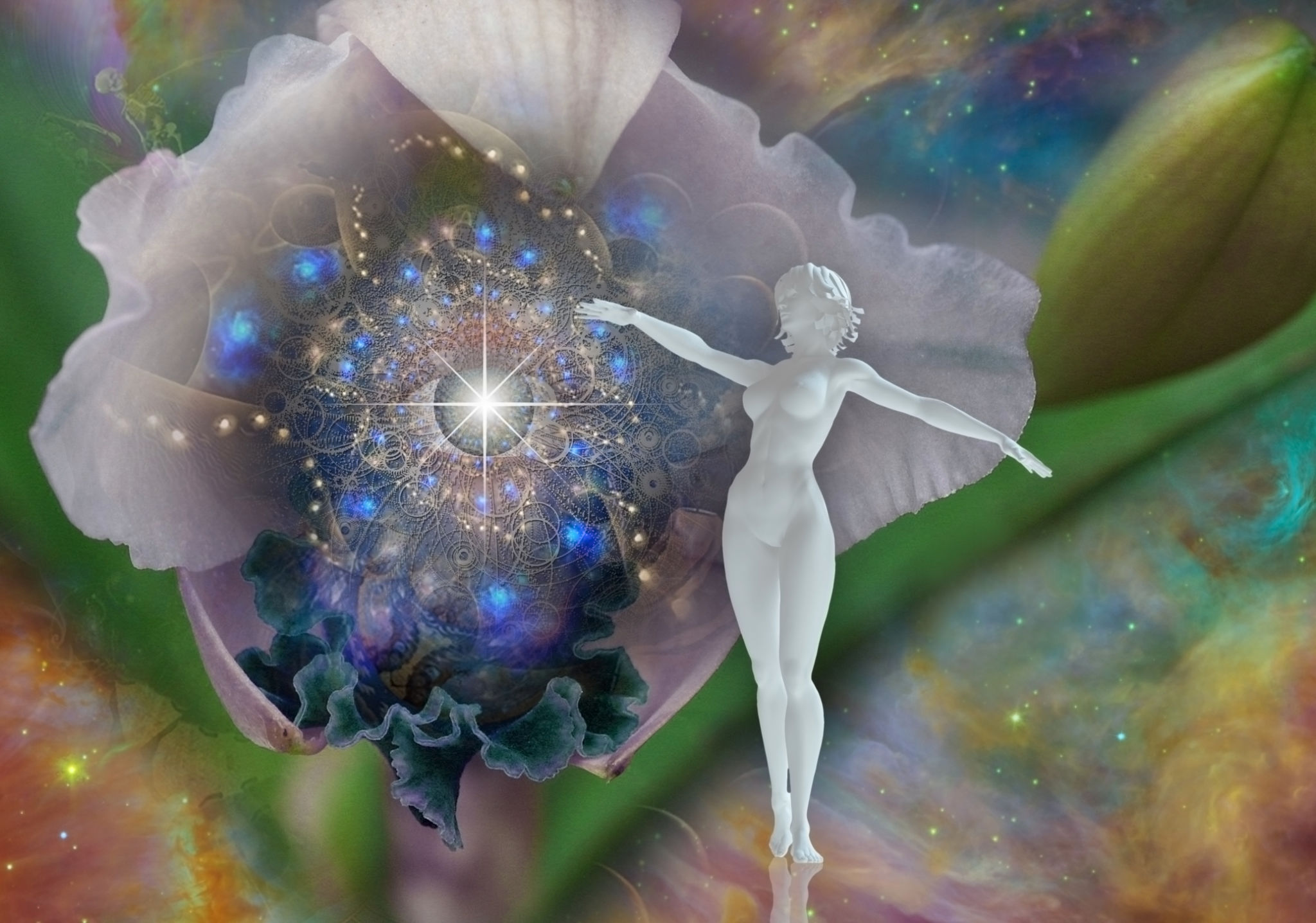
Transcendence Across Artistic Disciplines
While the principles above apply across creative fields, transcendence manifests differently in various artistic disciplines. Understanding these specific manifestations can provide additional insights for practitioners in particular fields.
Visual Arts and Transcendence
In visual art, transcendence often emerges through:
- The creation of symbolic visual language that communicates beyond literal representation
- Masterful use of formal elements (line, color, composition) to evoke emotional and spiritual responses
- The embodiment of complex meaning in simplified forms
- Creation of immersive experiences that alter perception
Artists like Rothko achieved transcendence through color fields that create contemplative, immersive experiences. Others like Rembrandt found it through capturing profound psychological truth in portraiture. Contemporary installation artists create transcendent experiences through environments that completely transform spatial perception and consciousness.
Music and Transcendence
Musical transcendence typically involves:
- Tension between structural precision and emotional expression
- Creation of temporal experiences that alter ordinary consciousness
- Harmonic and rhythmic complexity that reflects cosmic or natural patterns
- The embodiment of cultural or spiritual traditions in new forms
From Bach's mathematical sublimity to John Coltrane's spiritual explorations in late works like "A Love Supreme," transcendent music often balances formal structure with emotional or spiritual intensity. The temporal nature of music makes it particularly suited to creating altered states—as evidenced by music's universal role in religious and spiritual practices.
Literary Transcendence
In literature, transcendence emerges through:
- Language that pushes beyond conventional meaning through metaphor and imagery
- Creation of narrative structures that reflect universal human patterns
- Character development that reveals profound psychological truth
- Thematic exploration of ultimate concerns (mortality, meaning, love, suffering)
Works like Dante's *Divine Comedy* or Tolstoy's *War and Peace* achieve transcendence through their comprehensive vision of human experience. Poetry often achieves transcendence through linguistic compression that creates multiple layers of meaning within minimal text—as in the haiku tradition or the sonnets of Rilke.
Performing Arts and Transcendence
In dance, theater, and other performing arts, transcendence often involves:
- The transformation of the human body into a vessel for archetypal expression
- Creation of communal experiences that dissolve boundaries between performers and audience
- Integration of multiple sensory and artistic elements into unified experience
- Embodied expression of cultural or spiritual traditions
From the ritual theater traditions of Asia to contemporary performance art, these disciplines achieve transcendence through their uniquely embodied and often communal nature. The dancer or actor's ability to transcend individual identity to become a vehicle for archetypal energies exemplifies artistic transcendence in its most direct form.
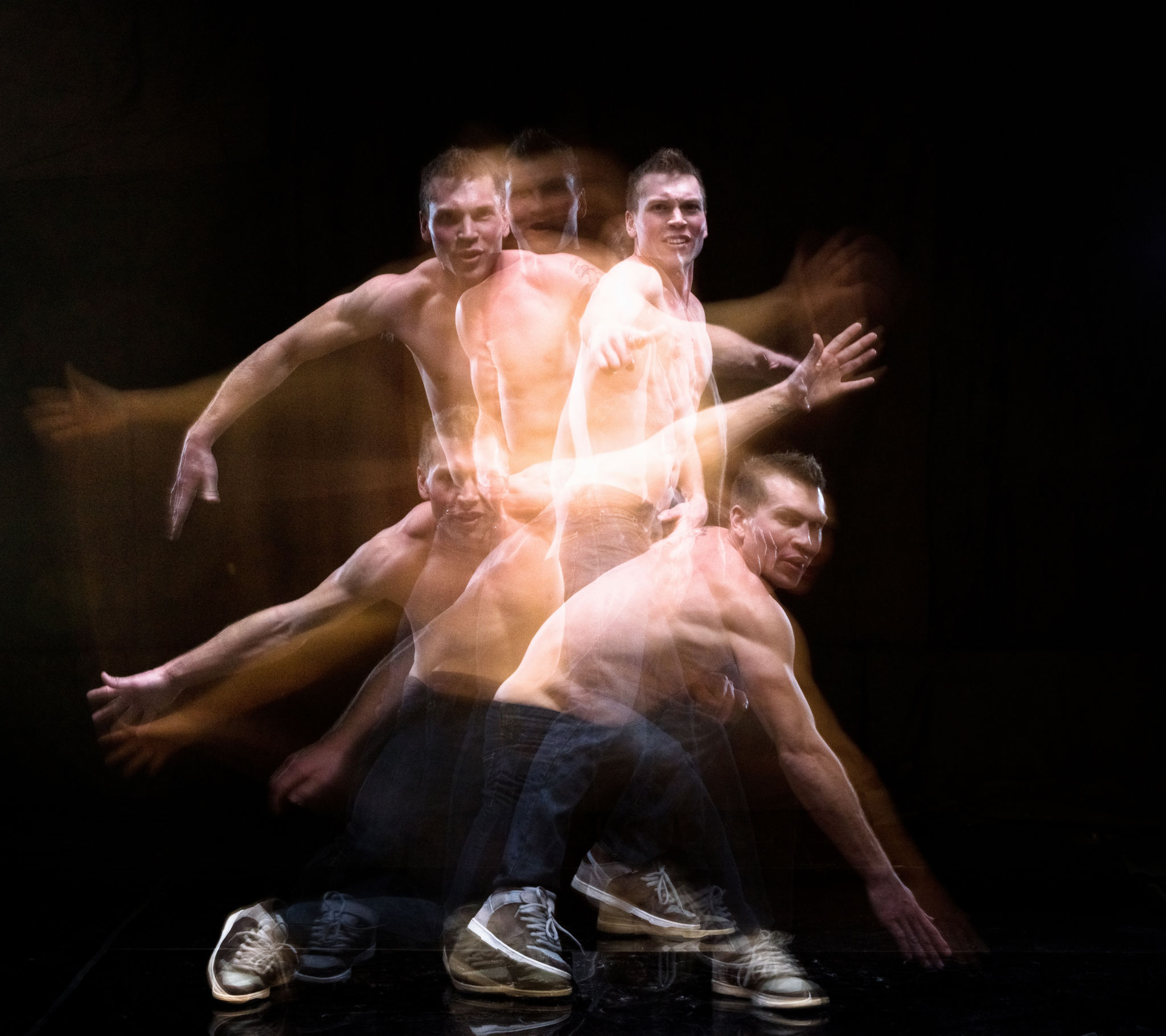
Case Studies in Transcendent Artistry
Examining specific examples of transcendent artistry across disciplines can illuminate how the principles discussed above manifest in concrete creative work.
J.S. Bach: Mathematical Sublimity and Spiritual Devotion
Bach's music represents perhaps the purest example of technique transcended through spiritual devotion. His works demonstrate unparalleled structural complexity and mathematical precision, yet simultaneously express profound religious feeling. The "St. Matthew Passion" and the "Mass in B Minor" achieve transcendence through the perfect integration of intellectual structure and emotional depth.
Bach's creative process embodied many principles of transcendent artistry:
- Rigorous mastery of technique through lifelong deliberate practice
- Creative work undertaken as spiritual devotion (he signed works "Soli Deo Gloria"—to God alone be glory)
- Embrace of the constraints of Baroque musical forms
- Integration of multiple musical traditions into new synthesis
The universal appeal of Bach's music across cultures and centuries demonstrates how work created from authentic spiritual devotion can transcend its original context to speak to universal human experience.
Georgia O'Keeffe: Finding the Infinite in the Particular
O'Keeffe's paintings, particularly her famous flower works, demonstrate transcendence through intense focus on particular natural forms. By magnifying and abstracting these forms, she revealed their essential qualities and universal patterns. As she described it: "When you take a flower in your hand and really look at it, it's your world for the moment."
O'Keeffe's approach exemplifies:
- The transcendent potential of deep, sustained attention to particular experience
- Integration of abstract formal elements with representation
- Distillation of complex natural forms to their essential qualities
- Creation of immersive visual experiences that alter perception
Her work reminds us that transcendence need not involve grand cosmic themes—it can emerge through revealing the extraordinary within the seemingly ordinary.
Fyodor Dostoevsky: Psychological Depth and Spiritual Questioning
Dostoevsky's novels achieve transcendence through their unparalleled psychological depth combined with profound spiritual questioning. Works like "The Brothers Karamazov" and "Crime and Punishment" explore the extremes of human capacity for both degradation and nobility, creating complex characters who embody universal human conflicts.
Dostoevsky's approach demonstrates:
- Integration of personal suffering into artistic vision (his experience of mock execution and Siberian exile)
- Willingness to explore the darkest aspects of human experience alongside the most elevated
- Engagement with fundamental philosophical and theological questions through narrative
- Creation of characters whose psychological complexity transcends their fictional status
His work shows how artistic transcendence can emerge from integrating shadow material and existential questioning rather than avoiding them.
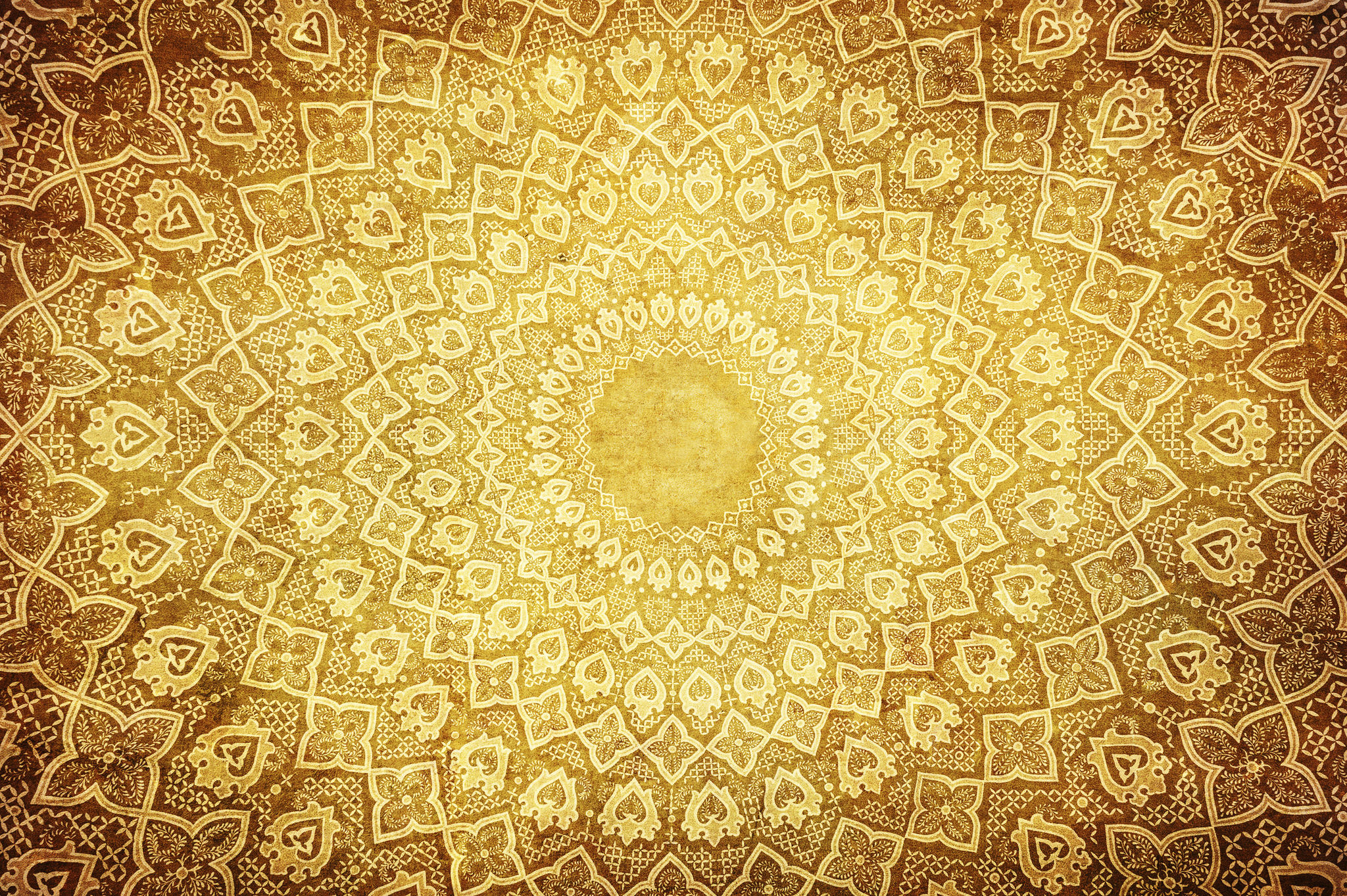
Obstacles to Transcendent Artistry
Several common obstacles inhibit the development of transcendent artistic expression. Recognizing these barriers is the first step toward overcoming them.
1. Technical Insufficiency
While technique alone doesn't create transcendence, insufficient technical development can prevent its emergence. When basic skills require conscious attention, deeper expression remains inaccessible. Many aspiring artists rush toward "finding their voice" before developing the technical vocabulary necessary to articulate that voice effectively.
**Solution**: Commit to the long path of technical development, finding joy in the mastery process itself rather than seeing it merely as a means to an end. Recognize that technical limitations are not fixed but can be systematically addressed through deliberate practice.
2. Ego Attachment and Fear of Judgment
Perhaps the most common barrier to transcendent art is excessive self-consciousness and concern with how the work will be received. When the creator's attention is divided between the work itself and anticipating audience reaction, authentic expression becomes impossible.
This manifests in various forms: creating work designed to impress others, fear of revealing one's true vision, or excessive self-criticism that halts the creative process altogether.
**Solution**: Develop practices that strengthen your connection to intrinsic motivation—creating for the sake of the work itself rather than external validation. Meditation, journaling, and working with trusted mentors can help dissolve excessive self-consciousness and build resilience to criticism.
3. Conceptual Limitations and Formulaic Thinking
Many artists become trapped in conceptual frameworks or formulas that yield competent but predictable work. Whether adhering to commercial formulas that have proven successful or intellectual concepts that have garnered critical approval, these limitations prevent the exploration necessary for transcendent work.
**Solution**: Regularly challenge your assumptions and comfortable patterns. Study traditions and approaches radically different from your own. Create experimental works with no intention of sharing them publicly, focusing solely on exploration rather than results.
4. Isolation from Authentic Human Experience
Transcendent art speaks to universal human experience, yet many artists become isolated from the very experiences their work aims to illuminate. Whether through professional specialization, social isolation, or immersion in abstract theory, this disconnection yields work that may be technically impressive but lacks authentic resonance.
**Solution**: Consciously cultivate rich, diverse life experience alongside artistic development. Engage with communities beyond artistic circles. Study human nature through both direct observation and the study of psychology, philosophy, and anthropology.
5. Imbalance Between Structure and Freedom
Transcendent art typically emerges from the dynamic tension between structure and freedom, discipline and spontaneity. Imbalance in either direction—rigid adherence to rules or chaotic expression without form—prevents this generative tension from developing.
**Solution**: Experiment with approaches that deliberately balance opposing tendencies. Practice both highly structured and completely free creative exercises. Study traditions that have developed sophisticated approaches to this balance, such as jazz improvisation or Japanese aesthetic practices.
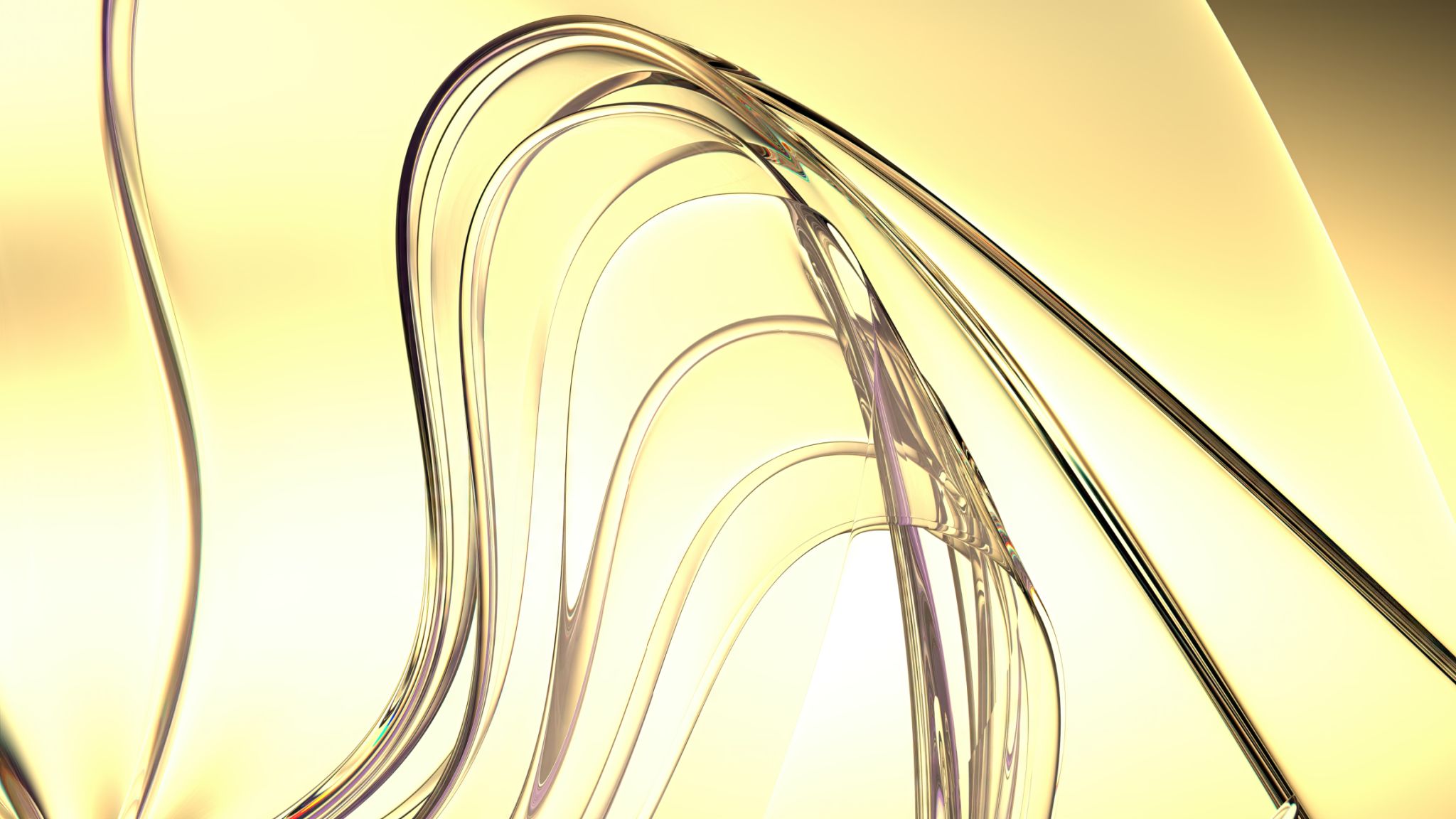
Conclusion: The Endless Path of Transcendent Artistry
The pursuit of transcendent artistry represents not a destination but an endless path of development. Throughout history, the most accomplished artists have maintained a beginner's mind even at the height of mastery—continually discovering new dimensions of their craft and new depths of human experience to explore.
This path is simultaneously humbling and elevating. It demands rigorous discipline, vulnerability, and the courage to face both internal and external resistance. Yet it also offers the profound satisfaction of connecting with something larger than individual achievement—becoming a vehicle for beauty, truth, and meaning that transcends the limitations of the individual self.
As we engage with this path, we might remember the words attributed to Michelangelo in his later years: "I am still learning." This humble acknowledgment from one of history's most transcendent artists reminds us that mastery is not an endpoint but a continual unfolding—an endless conversation between the artist's developing vision and the mysteries of existence.
The practices and perspectives outlined in this exploration offer not formulas for transcendence but tools for the journey—approaches that have helped countless artists move beyond technical proficiency toward work that genuinely illuminates human experience. By engaging with these approaches while remaining open to our own unique creative development, we participate in humanity's ongoing conversation with mystery, beauty, and meaning—the endless dance of transcendent artistry.
